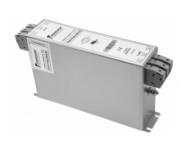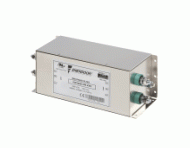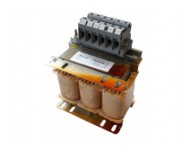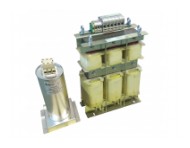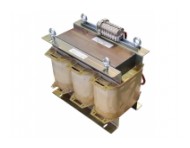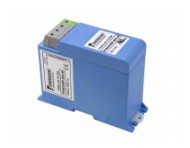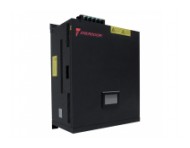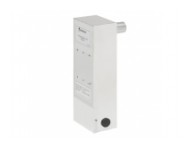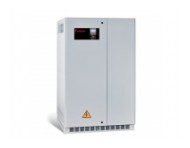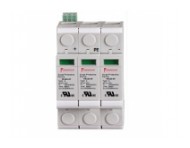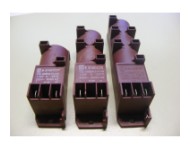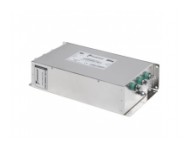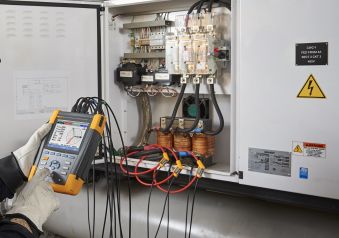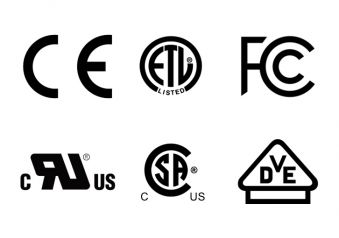
Automazione
Minimizing EMI in Automation Facilities
The surge in automation, accompanied by the integration of intricate electronic systems in factories, has undoubtedly optimized industrial operations and output. However, these sophisticated systems and controls are more susceptible to electronic interference. Enerdoor emerges as a pivotal solution provider, offering a diverse array of products engineered to effectively mitigate interference, specifically designed for the automation industry.
Key Highlights of Enerdoor's Automation Solutions:
-
Tailored EMC/EMI Filters: Enerdoor goes beyond off-the-shelf solutions, providing customized EMI filters, power quality enhancements, and motor protection devices to meet specific environmental requirements. Our EMC/EMI filters are particularly advantageous in the automation industry, as they effectively lower EMI without compromising on cost, size, or the functionality of factory automation systems.
-
Industrial Drive Evolution - Variable Frequency Drives (VFDs): The evolution of power electronic control systems, termed "Industrial Drive," has now transitioned to Variable Frequency Drives (VFDs). Enerdoor specializes in VFDs, comprised of the rectifier, DC link, and inverter. These components enable precise control over both motor torque and rotor speed through pulse width modulation (PWM) techniques.
-
VFDs and Motor Control: Enerdoor's expertise extends to the comprehensive understanding and control of VFDs. By manipulating the output waveform, VFDs adjust torque and rotor speed, allowing for direct control over motor speed and torque. This capability ensures efficient response to sudden load changes, preventing motor over-speed.
-
EMI Challenges in VFDs: Enerdoor addresses the electromagnetic interference (EMI) challenges posed by VFDs. The high switching speeds of IGBTs (Insulated Gate Bipolar Transistors) in VFDs generate EMI within the machine. This high-frequency noise can affect surrounding cables, acting as antennas and causing interference. Enerdoor's EMI/RFI filters effectively mitigate these disturbances, ensuring a harmonious and interference-free system.
-
Asynchronous and Synchronous Motors: Enerdoor navigates the nuances between asynchronous and synchronous motors. Asynchronous motors, directly supplied by a 3-phase power network, exhibit rotor rotation slightly below the power supply frequency. Synchronous motors, pre-spun to the power frequency before coupling, spin at the exact power frequency. Enerdoor's solutions cater to both motor types, enhancing their efficiency and performance.
Enerdoor, with its cutting-edge solutions, is dedicated to minimizing electronic interference and optimizing the performance of automation systems. Contact us today to explore how our tailored solutions can elevate the efficiency and reliability of your automation facilities.

